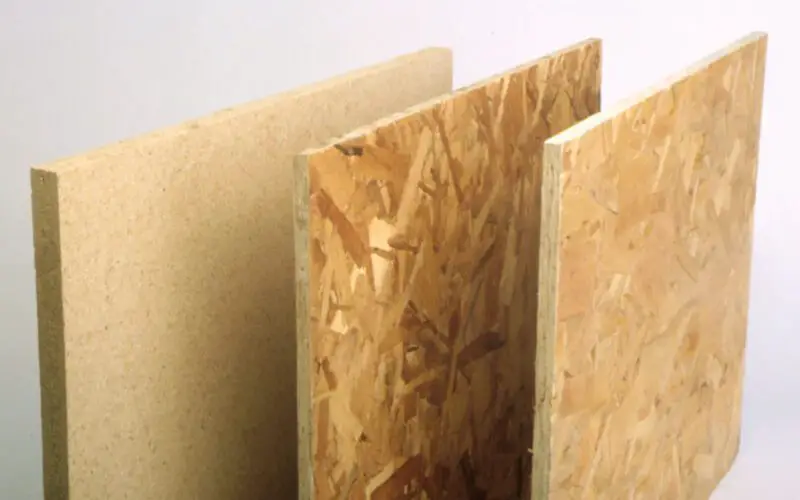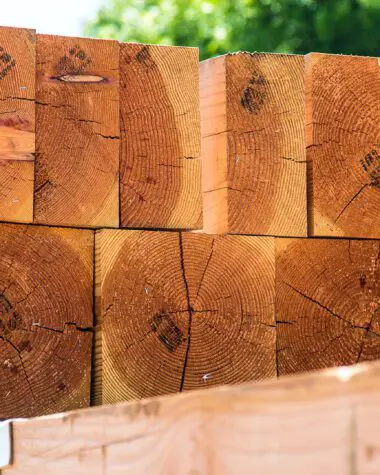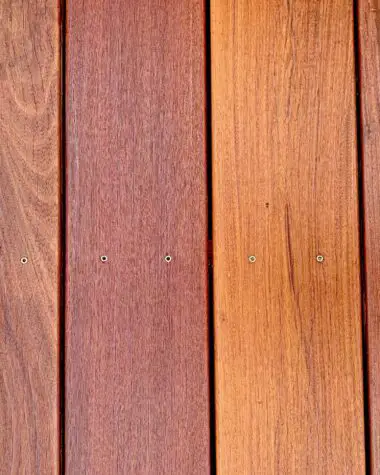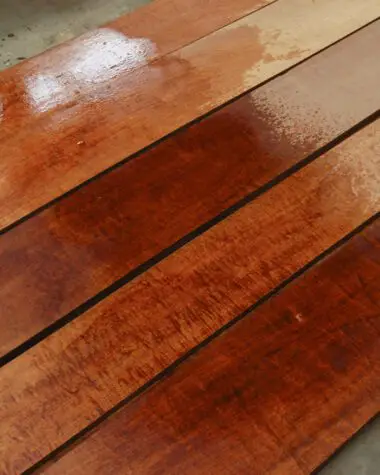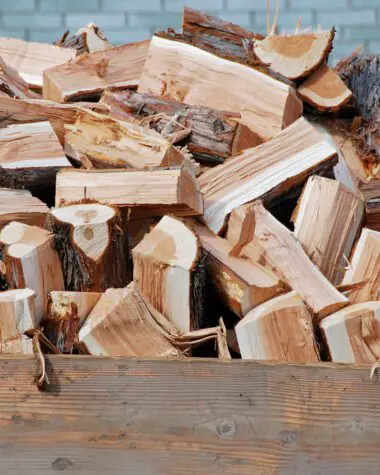Most of the surfaces of wooden furniture are made of a wooden material called laminated wood. This wood is man-made that has been treated with a special coat of plastic or laminate so that it can remain beautiful and strong.
In order to seal solid wood, plywood, or composites, polymers or other materials are applied to their surfaces before the wood is laminated. The word “wood-laminate” is typically used to describe laminate flooring, but it can also refer to veneer laminating and solid wood lamination used to create furniture.
Purpose
Lamination is the process of joining thin parts of a material with glue and sealing the result with resin to form a single, solid piece. This process can be done in any material, but in this context, lamination refers to joining wood materials.
Generally, thin wood board pieces of various sizes and shapes are adhered together to create laminated wood. Wood lamination aims to use wood that had been left unused.
These days, it can be created from wood that has been recycled or even timber that has been specifically chopped to make laminate wood. This is due to the fact that laminate requires less wood than ordinary wood to produce a solid substance.
Types of Laminated Woods
Laminated products can be laminated composites, plywood, and veneered wood. These have similar characteristics, but they differ in how they are manufactured. These laminated wood products have a core with a coating or layer found on both sides. The main difference in these laminated wood products is the core of the material.
Composite
Laminated composite is also known as particleboard. This material is made up of small pieces of wood fibers glued together using resins, heat, and hydraulic pressure. This is also known as MDL, or medium-density laminate which is similar to glossy countertop laminate.
Contractors and home builders use laminate composite wood to make cabinets and shelving. This kind of material is easy to wipe clean due to its shiny plastic surface that can resist stains, splashes, and moisture.
Plywood
Plywood is the most popular type of laminated wood. Its core is composed of multiple layers of natural wood glued together. These layers give plywood its strength. The strength and durability of plywood may be attributed to its overlapping grain patterns. Each of these layers is placed perpendicular to the preceding layer creating a strong and resilient material for all kinds of applications.
Veneer
Veneered wood is another kind of laminate. The veneer is a layer of natural wood with about 1/32 to 1/16 inch in thickness which is harvested from logs in sheets. When the veneer is glued to composites, plywood, or solid wood, this creates a natural wood appearance but is certainly affordable compared to solid wood.
Bent Wood
Another kind of laminated wood is bent wood or curved wood, such as furniture parts like chair legs, backs, etc. Bentwood is made by using thin strips of wood which is no thicker than 1/16 inch. These are glued together to form circles, waves, or any shape or design. Bentwood is durable and considered stronger than solid wood, which can split or crack naturally.
Laminated Wood: Pros and Cons
Like solid wood, laminated wood also comes with a lot of advantages and disadvantages. For most of these common pros and cons, laminated wood is compared to solid wood as its main counterpart. Thus, without a comparison, weighing the advantages and disadvantages is challenging. Therefore we go for hardwood.
Pros:
- Eco-friendly– As mentioned, laminated wood aims to give life to woods that have been left unused. With this, we claim that laminated woods are eco-friendly as they adhere to the concept of recycling. In this way, the process helps the environment by saving the environment by diminishing the cutting of trees.
- Portable– Laminated woods are sorted in kits. Thus, it comes with convenience in transportation.
- Provides Multiple Options– As laminated wood can be printed onto, it gives way to the provision of various choices. It involves different options for the design that you prefer through customization.
- Easy to install and clean– As most laminated wood comes in a kit, it is easier to install than solid wood purchased by the board. Meanwhile, laminated wood is easy to clean without harming the wood or damaging its finishes.
- Durable– Laminated wood can survive heavy use, scrapes, and other things. Its lifespan is shorter, yet despite that, it can endure practically any day’s wear and strain.
Cons:
- Short Lifespan– Laminated woods cannot undergo the process of retouching and refinish like solid woods. Therefore, it does not last long, unlike solid woods that may last for centuries when treated with care.
- Not Waterproof– These woods are not ideal for bathroom and kitchen areas where moisture is always present. The reason is that moisture can cause laminated wood to warp when constantly exposed. Unfortunately, even in dry areas, these woods also tend to warp.
- Low Quality– When compared to hardwoods, laminated woods have lesser quality. It will never be as nice as solid wood amidst the expensive laminated wood variations. Furthermore, as the year’s pass, the laminated wood will begin to squeak. This might happen in weeks or months if the laminate wasn’t put correctly. Therefore, while installing laminated wood yourself, keep this in mind.
Glue and Clamps
Glue and clamps are the most common tools that woodworkers use to laminate two or three pieces of lumber together to create a thicker and stronger piece.
The first thing to do is to find the laminated furniture parts with a thin layer of glue. Place glue along legs or when parts are thicker than 3/4 inch.
Other Wood Types You May Be Interested In
If you are looking for more types of engineered wood, they are listed below.
Wrapping Up
Laminate wood is wood that has been coated with a laminate, usually plastic, to protect the wood from scratches, weathering, and messes. There are many types of laminate wood, each with a specific feature, use, and application. It’s important to consider the pros and cons of using laminate wood to determine the suitable qualities of any wood type suitable for any purpose.
